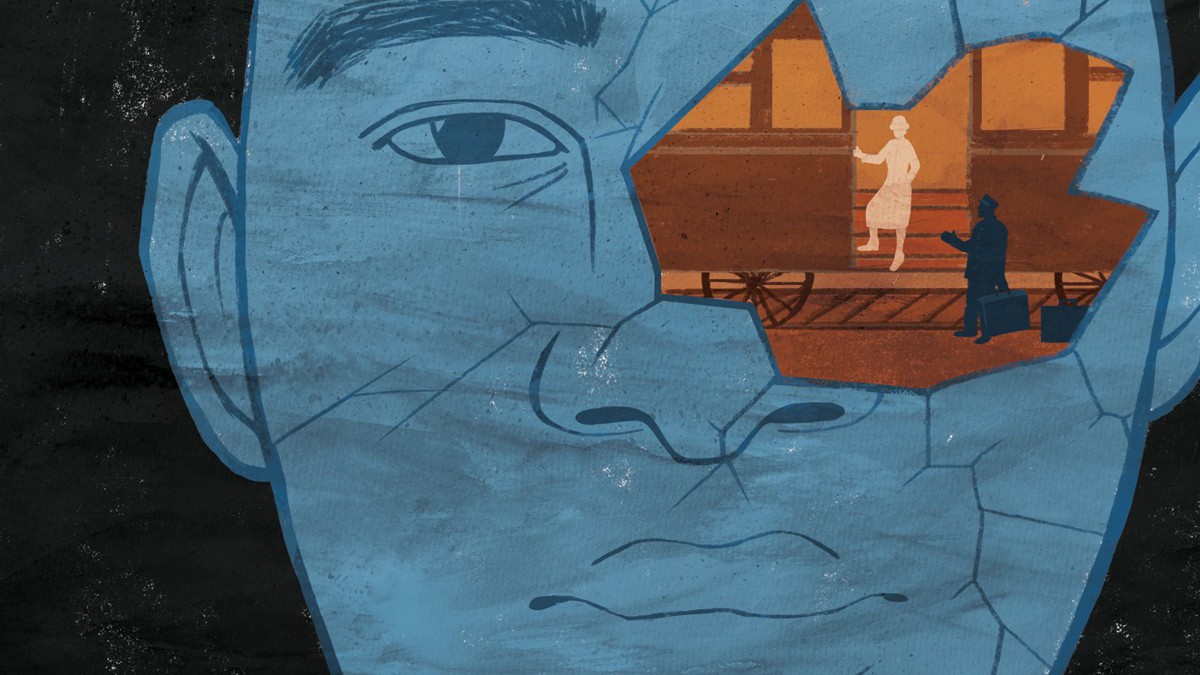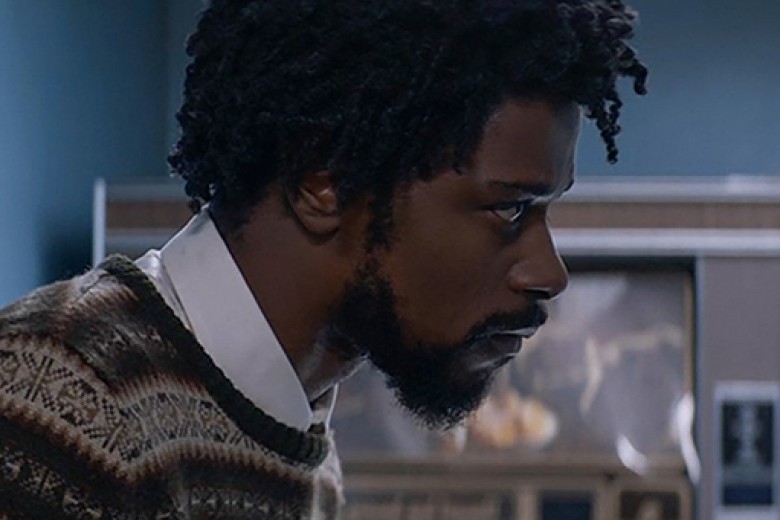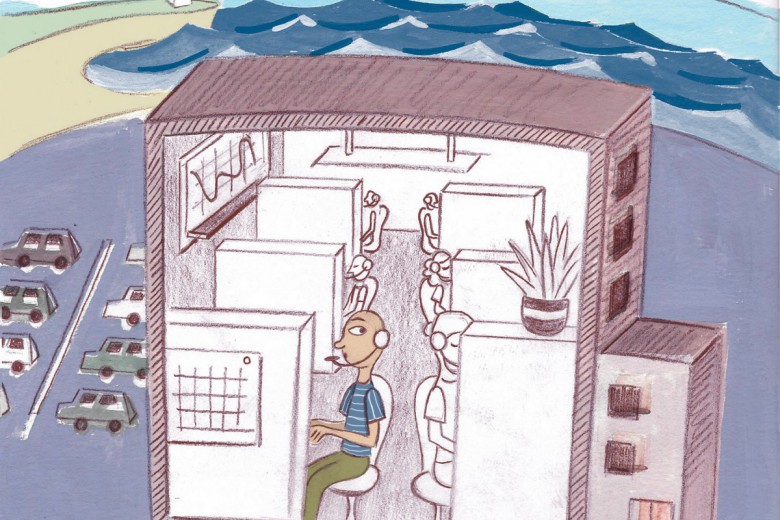Slavery was officially abolished across the British Empire in 1834. In the preceding decades, the practice had been declining, as numerous judicial decisions slowly stripped it of its legality – for example, no new enslaved people could be brought into some parts of Canada after 1793. In congruence with other slave-holding nations, no reparations were granted to the formerly enslaved or their descendants to account for the centuries of abuse and stolen wealth. Though formalized Black bondage was officially over, the meaning of Blackness had been consolidated under slavery and remained intact in the post-abolition period. In the end, slavery had accomplished more than an economic subjugation: it had created particular meanings of what it meant to be “Black” – meanings that were attached to Black people’s bodies. The fact of Black enslavement altered the signification of Black skin and features, regardless of the legal status of freedom or unfreedom. As historian James S.G. Walker points out, “black enslavement made a powerful impression on whites,” and following abolition, “it was possible to witness the transfer of status from a legal condition to a biological characteristic, from ‘slave’ to ‘black.’” The attributes that had been attached to Blackness – subservience, criminality, lack of intelligence, and danger – set a road map for treatment of Black life throughout the 19th and 20th centuries. Despite the end of formal bondage, Black people’s lives would continue to be devalued and their movements subject to surveillance and containment. White settlers and their government would pro-actively enforce a racially divided society in which Black lives were worth less.
Despite the end of formal bondage, Black people’s lives would continue to be devalued and their movements subject to surveillance and containment.
To ensure Black subjugation after slavery’s end, widespread segregation practices were enacted across all facets of society. Yet Black resiliency meant that Black men, women, and children survived inside the nation despite being a largely unwanted population. Both white supremacy and the outer appearance of racial tolerance were integral to the nation-building process, and the creation of Canadian national identity.
Racial segregation – a form of violence in and of itself – entails the enforced (rather than voluntary) confinement of racialized populations to particular spaces (e.g., particular neighbourhoods, schools, public spaces, and businesses). The segregation of Blacks – which, like slavery was a form of controlling Black movement and institutionalizing subordination – was based on the idea that Black people were both inferior and a danger to whites. Formally and informally, segregation was one of Canada’s foremost strategies for maintaining white dominance across all aspects of society after slavery’s end. In the United States, Jim Crow referred to the de jure segregation of Black from white in the public facilities of the former Confederate states. In what some historians call “Canada’s Jim Crow,” Canada had its own iteration of practices that separated Black from white. Canadians produced “their own distinct language and rationalizations” when “propping up white supremacist ideology and practices.” Segregation in the post-abolition period cut across all aspects of society. Public education, immigration, employment, and housing were all subject to a veiled Jim-Crow-style segregation which either formally or informally kept Black persons in social, economic, and political subjugation.
A white supremacist colour line also segregated labour, and relegated Black labourers to odious working conditions, exploitatively low pay, and often degrading positions. Formal and informal segregation in the labour market relegated Black workers to jobs which allowed for their survival but little else, keeping them “in their place” relative to white settlers. In 1916, the Dominion Iron and Steel Company in Nova Scotia was given permission to import 1,000 Caribbean labourers due to lack of available labour. These men were relegated to the lowest paying, most dangerous work directly next to the ovens and furnaces. The norms of Black people serving white people – established under slavery – continued unabashedly on the railroads. Canadian railroad companies were also formally segregated. White men had the title and corresponding pay of “conductors,” and Black men performing many similar functions (with additional demeaning forms of labour) were relegated to the low-paying, lower-status title of “porters.” Sleeping car porters were Black men who shined shoes, took care of white passengers’ children, and answered to passengers’ whims. All were called “George” while on the job, which demonstrates both the importance of public displays of Black submission, as well as the fact that Blacks were not seen as human beings but believed to be closer to interchangeable objects. Indeed, the Pullman Car Company explicitly designed (and enforced) the role of the Black deferential porter because of the racial significance – Black submission – that it reproduced for white passengers. In the words of acclaimed Black porter union activist Stanley Grizzle, “this was a job where, every day, you were made to feel that you were beneath the passengers. You were a servant, the epitome of a white man’s stereotype of the Black man.” Further, Black porters had to submit to racially degrading practices such as specialized IQ tests that were not applied to white employees. Still, due to widespread segregation, this was one of the only employments available to Black men, and for that reason it was a significant site for Black activism in cities across the country. In Halifax, Winnipeg, Toronto, Edmonton, Calgary, and Vancouver, porters and their wives – who organized themselves as “Ladies Auxiliaries” – were heavily active in organizing for labour rights, as well as public education and Black history weeks, food co-operatives, and health care. In 1945, the first collective agreement of a Black union was signed between Black porters and the Canada Pacific Railway. Still, Black railway workers were barred from joining unions until the late 1950s despite significant labour organizing on their part, and the Canada Pacific Railway managed to maintain segregated job descriptions until 1978.
Black railway workers were barred from joining unions until the late 1950s despite significant labour organizing on their part.
The legacy of slavery meant that Black women, too, remained relegated to the same forms of labour they had performed under bondage. Until the Second World War, one of the only employments available to Canadian-born Black women was that of domestic service, a role which consisted of nearly 24 hours a day of submission and deference. In the words of former domestic worker Bee Allen, “The mistress didn’t want any of your life to keep you from getting up early and getting her breakfast.” Despite structurally enforced gendered and racial subjection, in the early 1900s, some Canadian-born Black domestic workers were actively engaged in organizing with the United Negro Improvement Association, and some of the very few that made it into factory work attempted to organize unions. Despite Black resistance, anti-Black labour segmentation was persistent. In 1941, 80 per cent of Black adult females in Montreal were employed as domestic servants, facing isolation in hostile white households, 16-hour workdays, with no time off, and were sometimes paid clothing in lieu of wages. After the end of the Second World War, many Black women attempted to escape domestic work and were increasingly able to access industrial and clerical work, albeit under difficult conditions. However, this shift led the government to import Black female labour from elsewhere.
As Black labour was mandated to subservience, white supremacy in the organization of labour continued long after the formal abolition of Black slavery. All of these forms of segregation functioned to maintain a separate and unequal role for Black persons in Canada. No longer considered commodities, the ongoing subjugation of now nominally free Black people was justified by linking them to drugs, hypersexuality, danger, and criminality. This association would have significant impacts on Black freedom and Black mobility, which would be substantially curtailed by law enforcement, the courts, and immigration officials. The policing of Black bodies was the policing of an anti-Black social order.
Excerpted from Policing Black Lives: State Violence in Canada from Slavery to the Present .







